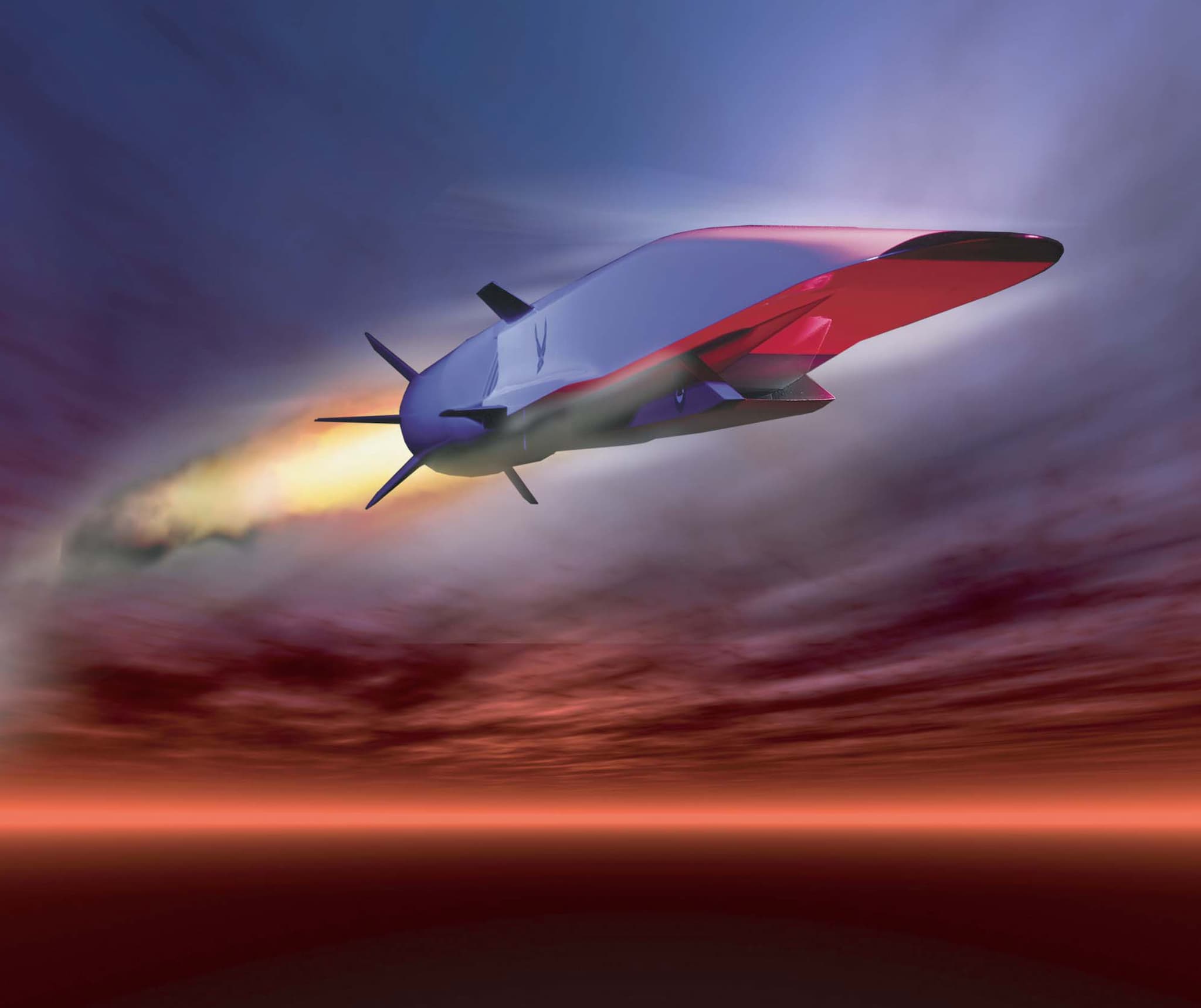Aerospace companies are in a heated race to create a hypersonic plane to replace the SR-71 Blackbird. Though retired in 1990, the SR-71 still holds the record as the fastest plane ever built, achieving a top speed of 3,540 kmh (2,200 mph). The goal now is to build a plane capable of reaching speeds above Mach 5 (6,171 kmh/3,835 mph), and Boeing thinks they may have the design that could do it.
During the American Institute of Aeronautics and Astronautics' SciTech Forum in Florida last week, Boeing unveiled a model of their next-generation demonstrator hypersonic aircraft. The twin-tail, tapered-wing concept hasn't yet been approved for full-scale development, but Boeing's head of hypersonic research told Aviation Week Aerospace Daily that it is a feasible design.
Popular Mechanics reports that Boeing's current design works off of previous successes in hypersonic aircraft, including the unmanned X-51, which broke records in 2013 when it flew at Mach 5.1 for three-and-a-half minutes before running out of fuel and crashing into the ocean. The big challenge is building a plane that can not only reach Mach 5, but that can also decelerate to land.
To that end, both Boeing and Lockheed Martin are researching designs that utilize turbojets, a type of engine that has long been used in commercial aircraft, to achieve Mach 3 speeds before swapping to a dual ramjet/scramjet. Those types of compression engines only function at speeds above Mach 3, and they would provide the power to propel the aircraft to Mach 5 speeds and higher.
Lockheed Martin's planned SR-72, which they are developing with the U.S. Air Force and the Defense Advanced Research Projects Agency (DARPA), has a similar design to the craft revealed by Boeing last week. The tentative release date for the SR-72 is 2030, though sightings of an unmanned demonstrator aircraft at Lockheed's California facility suggest the company may be further along in development than expected.
China also has several programs currently researching and developing hypersonic flight systems, including a hypersonic space plane and scramjets that have already been tested at speeds of Mach 7 (8,642 kmh/5,370 mph).
Regardless of who wins this race, the development of hypersonic flight promises to change the future of travel, exploration, and military engagement — for everyone.
Share This Article
